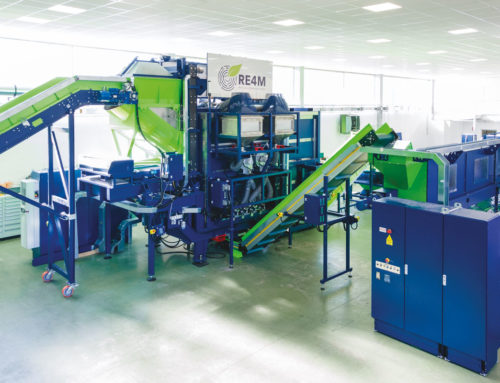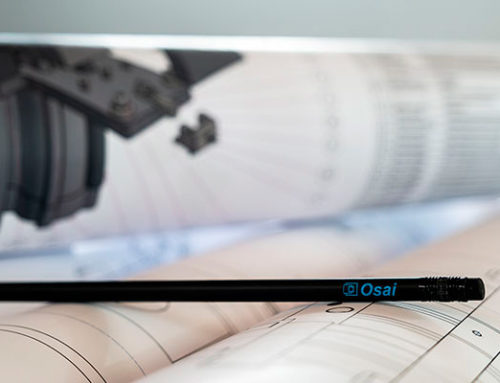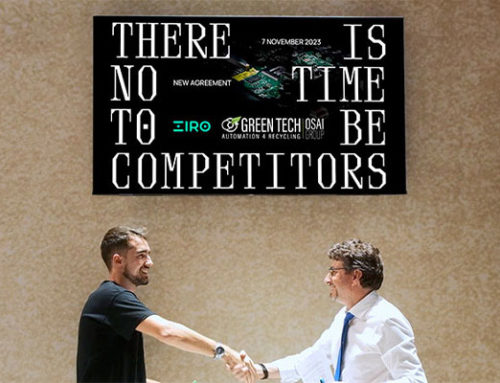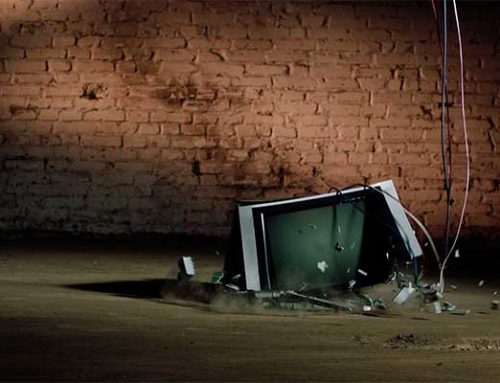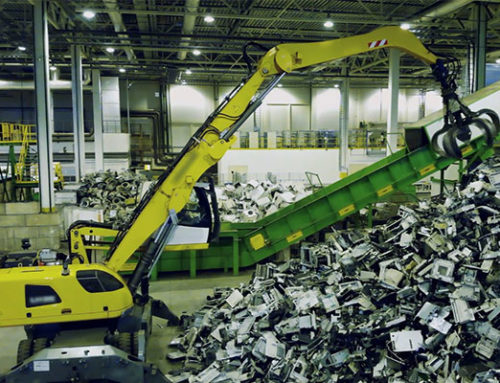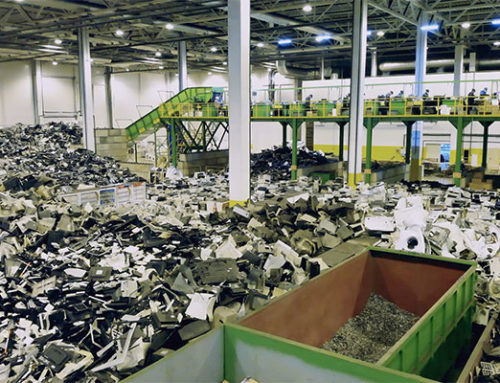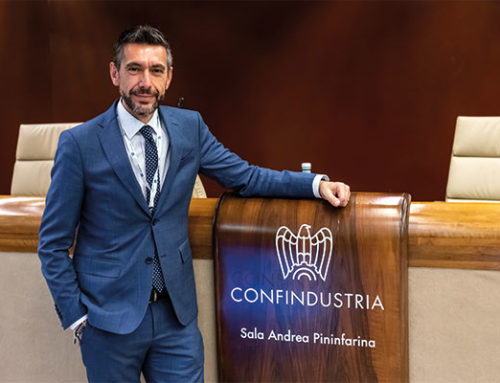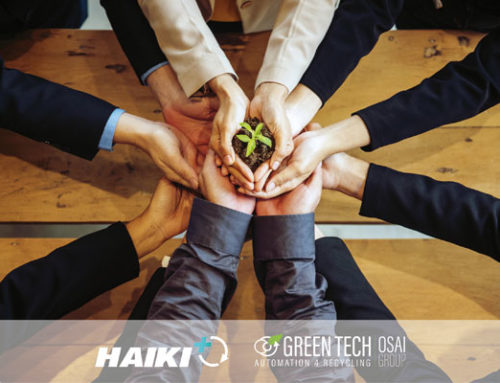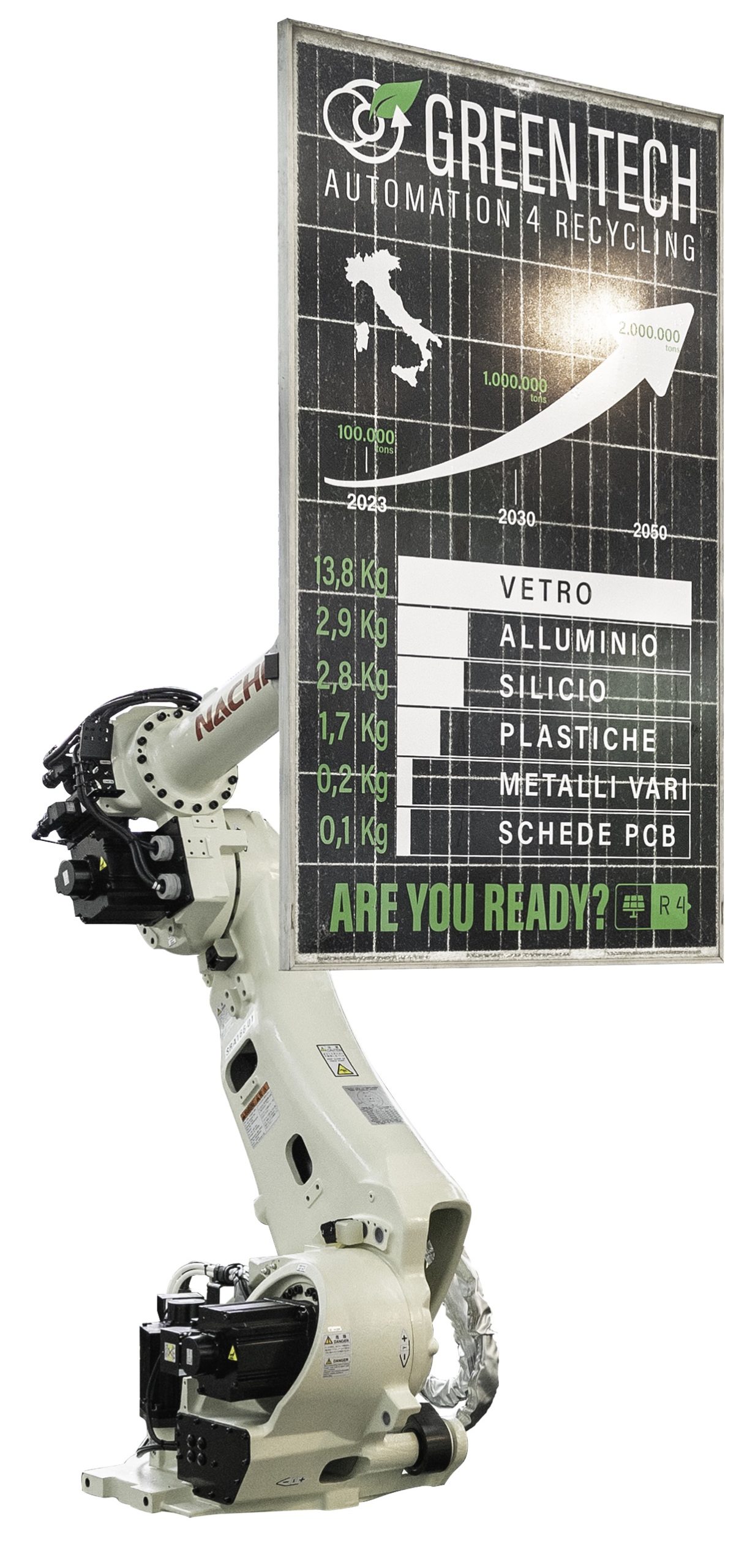
About thirty years ago, one of the first large photovoltaic systems was installed in Europe, consisting of several panels that, for decades, captured the sun’s energy and converted it into electrical and thermal energy. Now, after years of honorable service, they are about to be dismantled along with millions of others around the world.
But what happens to photovoltaic panels at the end of their life cycle? Is photovoltaics really an ecological solution if we do not know how to deal with its waste? Unless we address the problem now, we risk turning a sustainable technology into an environmental bomb.
What are the strategies to avoid this? Recycling and reuse are key to making PV a truly green resource, from start to finish.
The value of secondary raw materials
The main components of a photovoltaic panel are the aluminium frame, the glass, the encapsulant (Ethylene-vinyl acetate – EVA), the cell matrix, an additional layer of encapsulant – backsheet, the insulating layer that protects the photovoltaic cells from moisture and high temperatures, and the junction box. The silicon photovoltaic cells are the heart of the panel, responsible for converting solar energy into electricity, and can be made up of a single silicon crystal, known as monocrystalline cells, or made a mixture of silicon crystals, known as polycrystalline cells.
Inside each photovoltaic panel it is therefore possible to recover aluminium, glass, silicon powder, copper, silver, junction boxes and electrical cables, with an economic value of materials recovered of around 9.5 Euros for each panel weighing around 22 kg. It’s good to know that recovered silicon can reach a purity of more than 99%, comparable to virgin silicon, thanks to specific chemical refining processes. Its recovery is also strategic, as it reduces dependence on the extraction of new raw materials, thus reducing their environmental impact.
The supply of silicon metal, both from domestic sources and from imports, is insufficient to fully meet global industrial demand. This material is considered a scarce and critical resource worldwide. Ensuring a country’s security of silicon metal supply requires not only stable access to deposits, but also the systematic collection of data on their abundance. According to the “Silicon Metals Market Size and Share Report, 2020-2027”, the demand for silicon metal is mainly driven by aluminium production and will be crucial in the coming years, especially for the production of photovoltaic panels.
According to research firm PRNewswire, the value of the global silicon metal market is currently valued at around $6.3 billion and it is expected to grow to $8.9 billion by 2027. The commodity crisis that began in 2021 has led to an increase in silicon metal prices of around 300%, further highlighting the need for effective strategies to ensure market stability.
Silicon is not the only noteworthy material present inside photovoltaic panels. It should be remembered that silver is also considered a precious metal of great importance not only for its economic value, but also for its unique properties, that make it indispensable. Due to its excellent electrical and thermal conductivity, silver plays a key role in the electronics industry, where it is used in circuits, electrical contacts, and photovoltaic panels. Its importance is also recognized by the European Union, which has identified it as a critical raw material due to limited sources of supply and growing demand linked to the energy and digital transition.
Aluminium is also a strategic material for the EU for its lightness, corrosion resistance and almost infinite recyclability, but its production is highly dependent on the import of bauxite and energy, factors that make it a critical material according to the European Union. Securing a stable supply of aluminium is therefore essential to support Europe’s industrial competitiveness and its ambitions for a green transition.
Scenario
With an average lifespan of 25-30 years, millions of modules installed in recent decades are approaching the decommissioning phase and their management represents a key challenge for the circular economy and environmental sustainability. It is estimated that by 2050 there will be more than 78 million tonnes of EOL PV modules to be managed in terms of recycling and raw materials recovery.
As photovoltaic panels become more widespread, the number of discarded panels on the Italian panorama is growing. It is expected that by 2030 there will be at least four million tonnes of decommissioned panels.
RE4M PV3000 system
The sector needs to look beyond energy production and towards a sustainable future in terms of post-use. The secondary raw material treatment and recovery process developed by Osai GreenTech involves the creation of an automated system capable of selectively disassembling and separating the materials that make up the panels, making the most of the fractions and offering its customers the opportunity to recover valuable materials that can be reintroduced into production processes.
The innovative technology used in the system is the unique element that gives it a performance that has never been achieved by current solutions already on the market. A technology that guarantees the robustness, repeatability and reliability of the glass removal process, with reduced management and maintenance costs, making the system not only efficient but also advantageous from an economic point of view and in terms of return on investment.
The RE4M PV3000 system, which can achieve a recovery efficiency of 98%, consists of a fully automatic, multi-station in-line automation system capable of treating single or double glass photovoltaic panels, with or without frame and junction box, intact or damaged. The dimensions of the panels to be treated can vary from a minimum of 900x1600mm to a maximum of 1100x2000mm, although there are options available to treat panels from photovoltaic parks up to 2000x3000mm.
Available in three different configurations, Smart, Performance or Premium, the RE4M PV3000 plant is capable of providing a high level of mechanical refining while processing high volumes, in excess of 10,600 tonnes per year – more than 140 panels per hour – to maximise the recovery and value of secondary raw materials (EoW) such as glass, aluminium, copper and silicon, using sustainable technologies with reduced management and maintenance costs.
The partnership with Siemens
We have been working with Siemens for many years, a partnership that represents an element of great value for customers in terms of energy saving and optimization, an important tool for monitoring the energy consumption of the modules that make up the system.
Thanks to the SIEMENS TIA Portal (Totally Integrated Automation Portal) solution, implemented in each station of the line, all the automation and electromechanical devices are programmed and managed by a single software which, through the use of a multimeter integrated within into the PLC, is able to detect and measure data on energy consumption within in the line in a capillary manner.
Imagine a world where no solar panel ever becomes waste, but is transformed into a new resource for the energy of the future.
Osai GreenTech: the future, today.


